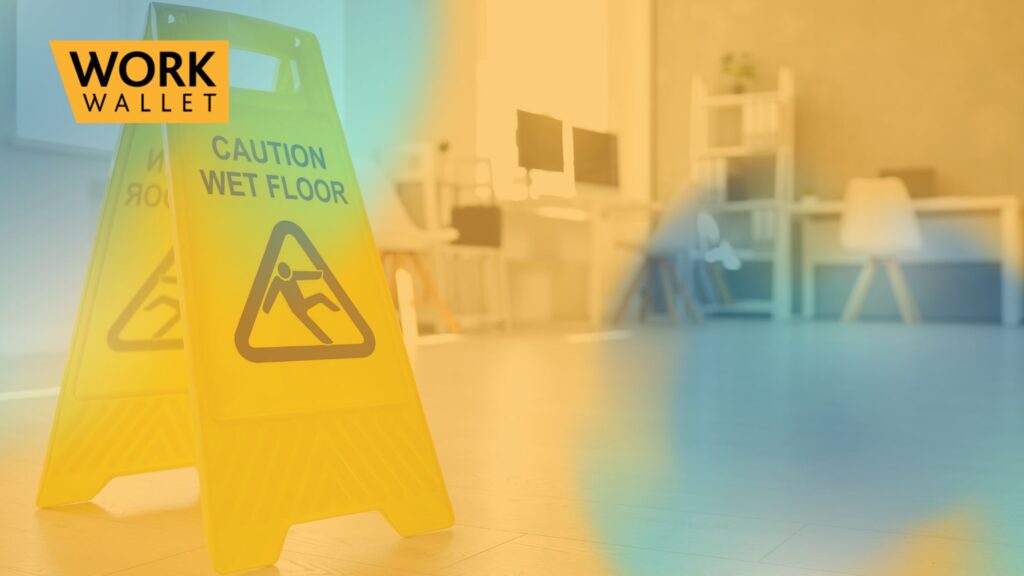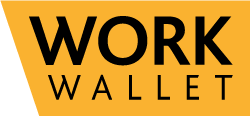How to Effectively Identify and Analyse Workplace Hazards
06 May 2025

Ensuring a safe working environment starts with one core activity: identifying and controlling hazards. To effectively identify workplace hazards is the foundation of proactive health and safety management, whether you're managing a complex construction site, overseeing a manufacturing facility, or coordinating logistics across multiple locations.
At Work Wallet, we know that identifying workplace hazards isn't always obvious. But with the right systems in place, such as our all-in-one health and safety platform, you can embed safer practices into your daily operations and ensure nothing slips through the cracks.
What is a Workplace Hazard?
The Health and Safety Executive (HSE) defines a hazard as anything that may cause harm. In the workplace, these can range from physical dangers like falls from height or contact with moving machinery to longer-term health risks such as exposure to harmful substances or poor ergonomics.
Here's a helpful way to categorise the hazards you may come across:
- Physical Hazards: Falls, slips, trips, moving vehicles or machinery.
- Chemical Hazards: Harmful gases, vapours, dusts or liquids commonly managed under COSHH in the UK.
- Biological Hazards: Bacteria, viruses, mould or waste material.
- Environmental Hazards: Weather extremes, noise, vibration.
- Ergonomic Hazards: Poor posture, manual handling, repetitive tasks or DSE misuse.
- Psychosocial Hazards: Lone working, fatigue, stress or workplace culture issues.
- Lifestyle Hazards: Drug or alcohol misuse, lack of physical activity, or diet-related health risks.
Why Identifying Workplace Hazards Matters
A proactive hazard identification process prevents injuries, reduces legal risks, and ensures smoother operations. It is the first critical step in practical risk assessment and a key requirement under UK health and safety law.
The HSE recommends a five-step process:
- Identify the hazards
- Decide who might be harmed and how
- Evaluate the risks and decide on precautions
- Record your findings and implement them
- Review your assessment and update it when necessary
With Work Wallet, you can log, manage and review these steps directly through mobile or desktop apps, helping you stay compliant while saving time.
Building Hazard Awareness on Site
Hazard identification shouldn't be limited to the health and safety manager. Empowering your team to recognise and report hazards creates a culture where safety is everyone's responsibility.
Ways to improve hazard awareness include:
- Targeted Training: Use toolbox talks, on-site workshops or digital training modules to reinforce what a hazard is and how to deal with it.
- Scenario-based Learning: Simulate real-life risks safely to build confidence and awareness.
- Accessible Tools: Provide digital solutions like Work Wallet's module so workers can easily log and track real-time risks using their mobile devices.
Job Hazard Analysis (JHA)
A Job Hazard Analysis (JHA) helps you assess risk at a task-specific level. It involves breaking a job down into steps and evaluating potential risks at each stage.
Steps for a successful JHA:
- Define the task: Choose the job you want to assess.
- Break it down: List out each step in the sequence.
- Analyse risks: Ask "What could go wrong?" at every stage.
- Control measures: Review what is currently in place and identify improvements.
Work Wallet's Permit to Work and RAMS features help you manage this digitally, ensuring everyone involved understands what's required to stay safe before work begins.
Don't Skip the Consultation
Your workforce is your frontline and often the first to spot issues. Getting them involved in hazard identification isn't just good practice but essential.
Ways to promote effective consultation include:
- Safety Briefings: Make hazard reporting a standing item in meetings.
- Open Feedback Channels: Use anonymous forms or app-based tools to encourage honest input.
- Safety Observations: Invite staff to submit safety observations through Work Wallet for immediate review and follow-up.
Keep it Dynamic: Identify Workplace Hazards Hazards in Real Time.
Workplaces evolve with new equipment, new people or changing regulations. That's why hazard identification needs to be a continuous process.
Use these techniques to keep things current:
- Regular Site Inspections: Make inspections part of your routine.
- Incident Analysis: Let real-world data guide your safety planning.
- Digital Safety Systems: Use software like Work Wallet to unify inspections, risk assessments, incident logs and action tracking in one place.
Ready to Improve Your Hazard Management?
At Work Wallet, we easily embed safety into your workflows. Our health and safety software platform includes inspections, observations, RAMS, incident management and more. This gives you a clear view of hazards and how they are managed across your organisation.
Start improving hazard identification in your business today with a more innovative, more connected approach to health and safety.
Identify Workplace Hazards
Share post
More Posts
What Are RAMS Documents and Why Do They Matter for Health and Safety?
May 2025
You might come across RAMS documents when reviewing workplace health and safety or completing a risk assessment. These documents are...
What is a RAMS Statement?
May 2025
RAMS stands for Risk Assessments and Method Statements, and together, these documents are crucial to managing health and safety in...



